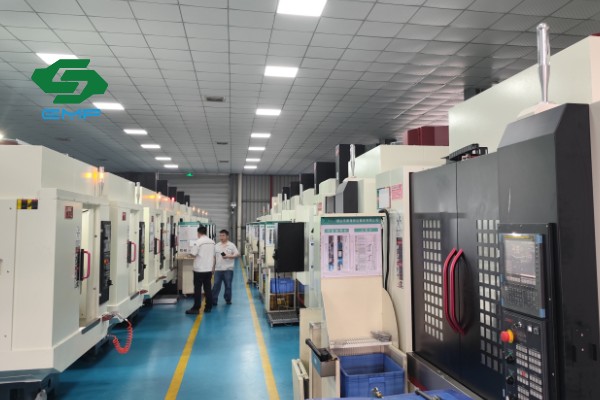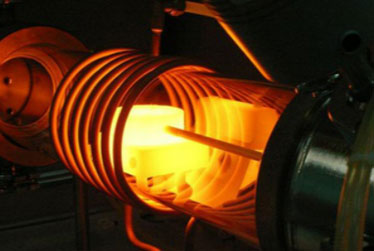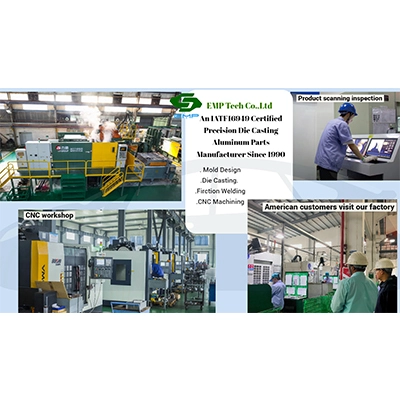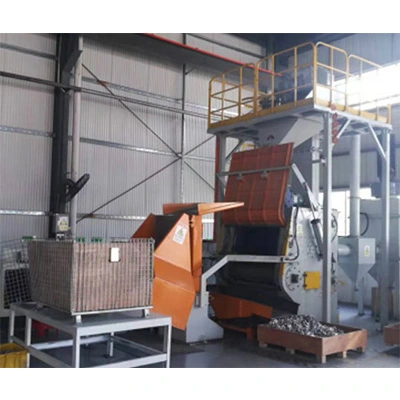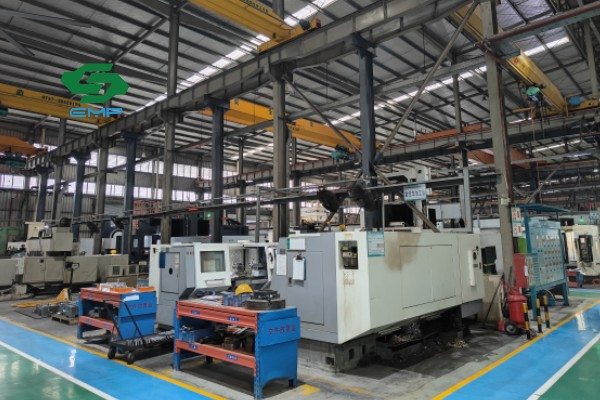

Tolerances: Achieves tolerances as tight as ±0.005 mm, suitable for EV motor controller housings requiring precise mating surfaces.
Material Properties: Typically uses aluminum alloys like 6061 or 7075, offering high strength (yield strength ~200-500 MPa) and excellent machinability.
Surface Finish: Delivers Ra values of 0.4-1.6 µm, reducing the need for secondary finishing. Multi-axis CNC systems enable complex external geometries.
Limitations: Material removal generates 30-50% waste by volume, increasing costs. Cycle times (e.g., 10-30 minutes per part) are slow for high volumes. Internal features, like deep cavities, require specialized tooling, raising complexity.
Production Efficiency: Cycle times of 30-60 seconds per part support high-volume runs (10,000+ units), ideal for EV battery enclosures.
Design Capability: Produces thin walls (1-3 mm) and complex shapes, reducing weight (e.g., 20-30% lighter than machined parts). Mold designs incorporate cooling channels to control solidification.
Tolerances and Finish: Achieves ±0.05-0.1 mm tolerances, often requiring secondary machining for precision fits. Surface roughness (Ra 1.6-3.2 µm) may show flash or porosity, necessitating post-processing like shot blasting.
Limitations: Porosity from gas entrapment (1-2% by volume) can weaken parts. Mold development takes 4-6 weeks, limiting flexibility for design changes.
Low-Volume Production: CNC machining is ideal for 1-100 units, offering rapid setup (1-2 days) and adaptability for prototypes.
High-Volume Production: Die casting is cost-effective for 1,000+ units, with per-part costs dropping to $1-5 versus $10-50 for CNC.
Precision Needs: CNC machining suits high-precision EV components (e.g., tolerance <0.01 mm). Die-cast parts often require CNC finishing for similar accuracy.
Complexity: Die casting excels for intricate, thin-walled designs; CNC machining is better for precise external features.
